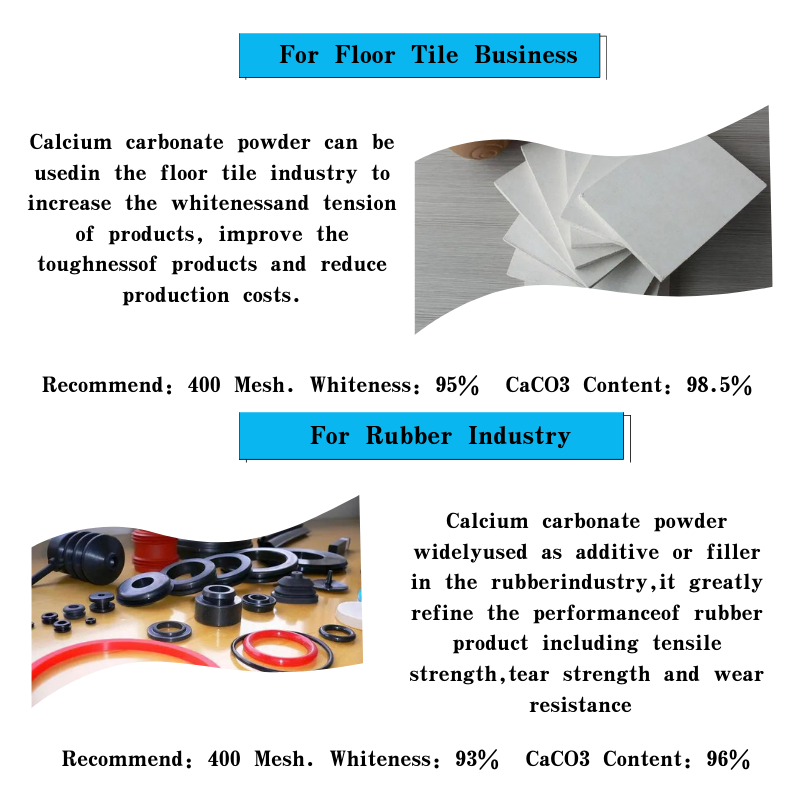
bentonite waterproofing for ponds
Bentonite Waterproofing for Ponds Ensuring a Secure and Sustainable Water Source
Ponds are a delightful addition to any property, providing recreational opportunities, enhancing biodiversity, and creating a serene landscape. However, one of the most significant challenges in maintaining a pond is preventing water loss due to seepage. This is where bentonite comes into play as a natural and effective waterproofing solution.
What is Bentonite?
Bentonite is a type of clay formed from volcanic ash that has unique properties, making it an ideal choice for waterproofing. The primary component of bentonite is montmorillonite, which can absorb water, expand, and create a highly impermeable barrier. When applied correctly, bentonite can effectively seal a pond, preventing water from seeping through the soil and ensuring that the pond retains its water.
Why Use Bentonite for Ponds?
There are several advantages to using bentonite for waterproofing ponds
1. Natural and Non-Toxic Bentonite is a naturally occurring mineral that is safe for aquatic life. Unlike synthetic liners or chemical sealants, bentonite does not pose any risk to fish, plants, or other wildlife.
2. Cost-Effective Compared to other waterproofing methods, such as installing a synthetic liner, bentonite is often more affordable. It requires less material and installation effort, making it an economical choice for pond owners.
3. Durability Bentonite has a long lifespan when properly managed. It can withstand environmental changes and does not degrade over time, ensuring a lasting waterproof seal for the pond.
4. Flexible Application Bentonite can be used in various applications, whether for new ponds or retrofitting existing ones. It can be mixed with soil during the initial excavation or applied directly to the surface of a pond.
bentonite waterproofing for ponds

How to Apply Bentonite for Waterproofing
Applying bentonite for waterproofing a pond is a straightforward process. Here are the steps typically involved
1. Site Preparation Before applying bentonite, clear the area of debris, vegetation, and large rocks that may hinder the application. It is also helpful to excavate the pond to the desired shape and depth.
2. Choosing the Right Type of Bentonite There are different types of bentonite available, including sodium and calcium bentonite. Sodium bentonite is generally more effective for waterproofing due to its higher swelling capacity.
3. Application Spread bentonite evenly across the bottom and sides of the pond. The amount needed depends on the soil type; typically, a layer of 2-4 inches of bentonite is sufficient.
4. Compacting the Bentonite To ensure proper sealing, compact the bentonite using a lightweight roller or by walking over the surface. This helps to eliminate any air pockets and enhances the material's waterproof properties.
5. Watering After compaction, apply water to the bentonite to activate its swelling properties. The moisture will help the clay particles bond and create a tight seal.
6. Monitoring Keep an eye on the pond water levels to ensure that the bentonite is functioning as expected. Any significant drop in water level may indicate areas where the bentonite needs to be reapplied or reinforced.
Conclusion
Bentonite waterproofing offers a natural, sustainable, and cost-effective solution for pond owners looking to maintain the integrity of their water sources. By following the proper application techniques, you can create a watertight seal that enhances the longevity and beauty of your pond. In addition to its functional benefits, having a well-maintained pond can boost property value and provide a tranquil environment for relaxation and recreation. Whether you are a seasoned pond owner or contemplating your first water feature, considering bentonite for waterproofing is a smart and environmentally-friendly choice.
Share
-
Premium Pigment Supplier Custom Solutions & Bulk OrdersNewsMay.30,2025
-
Top China Slag Fly Ash Manufacturer OEM Factory SolutionsNewsMay.30,2025
-
Natural Lava Rock & Pumice for Landscaping Durable Volcanic SolutionsNewsMay.30,2025
-
Custom Micro Silica Fume Powder Manufacturers High-Purity SolutionsNewsMay.29,2025
-
Custom Mica Powder Pigment Manufacturers Vibrant Colors & Bulk OrdersNewsMay.29,2025
-
Custom Micro Silica Fume Powder Manufacturers Premium QualityNewsMay.29,2025






